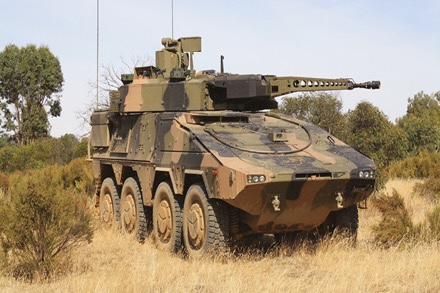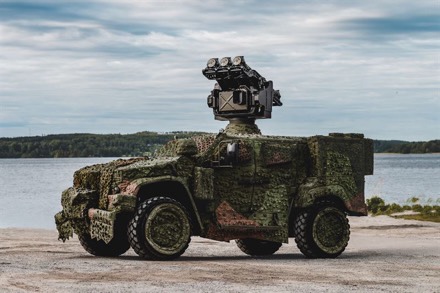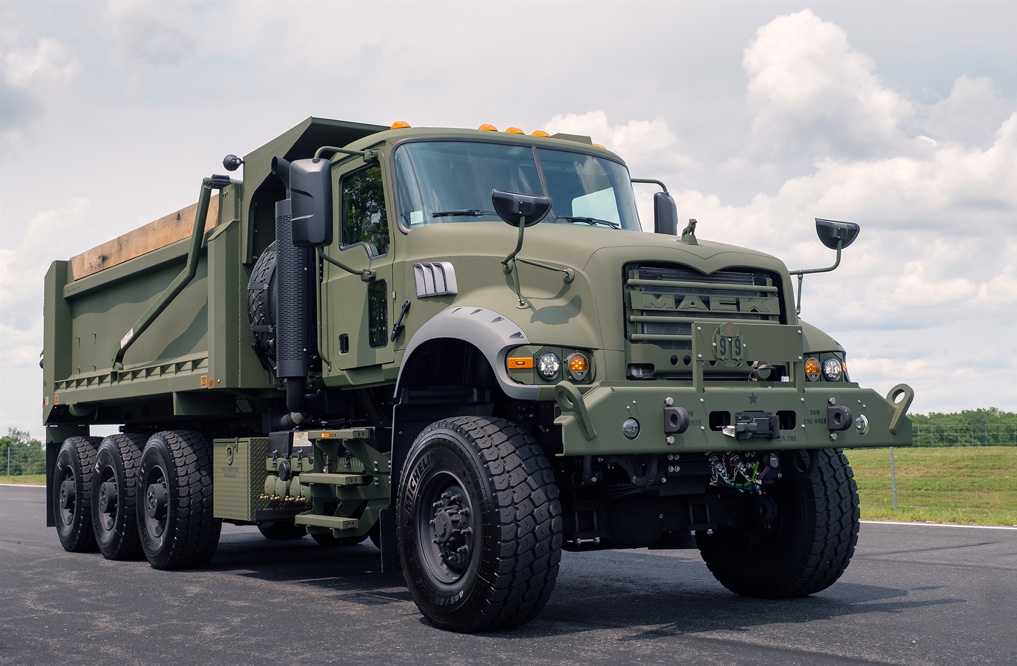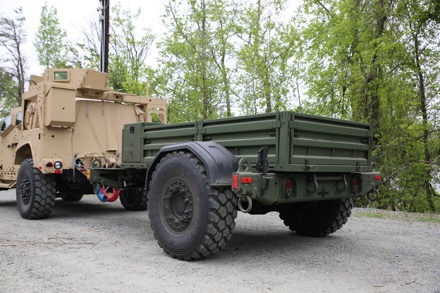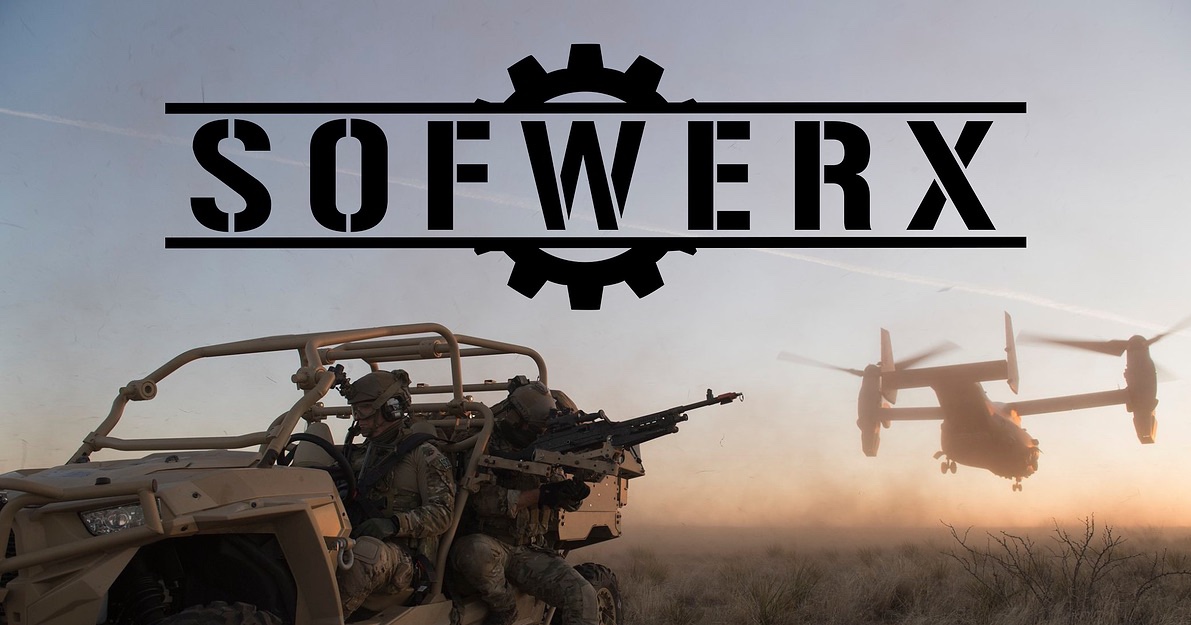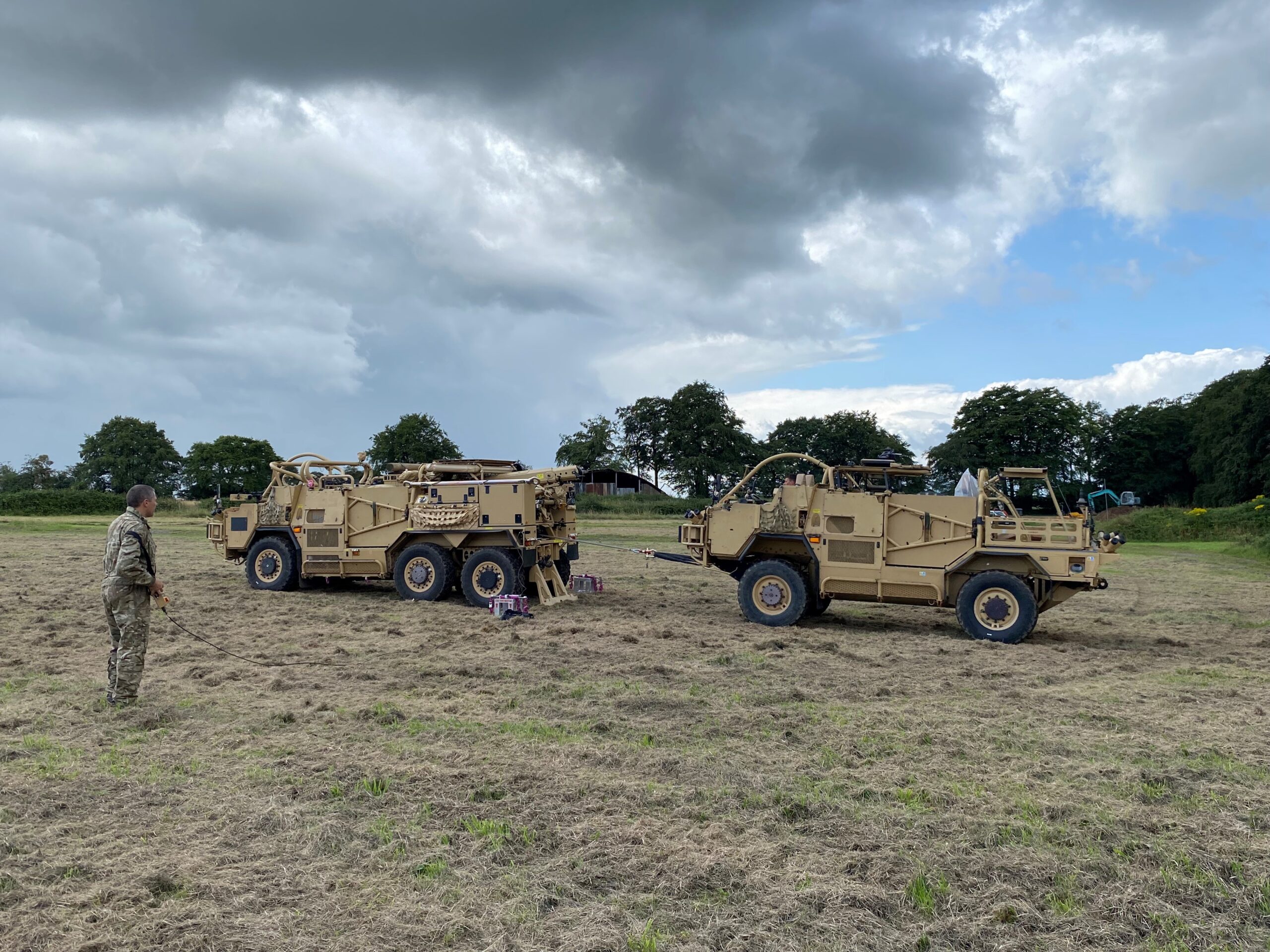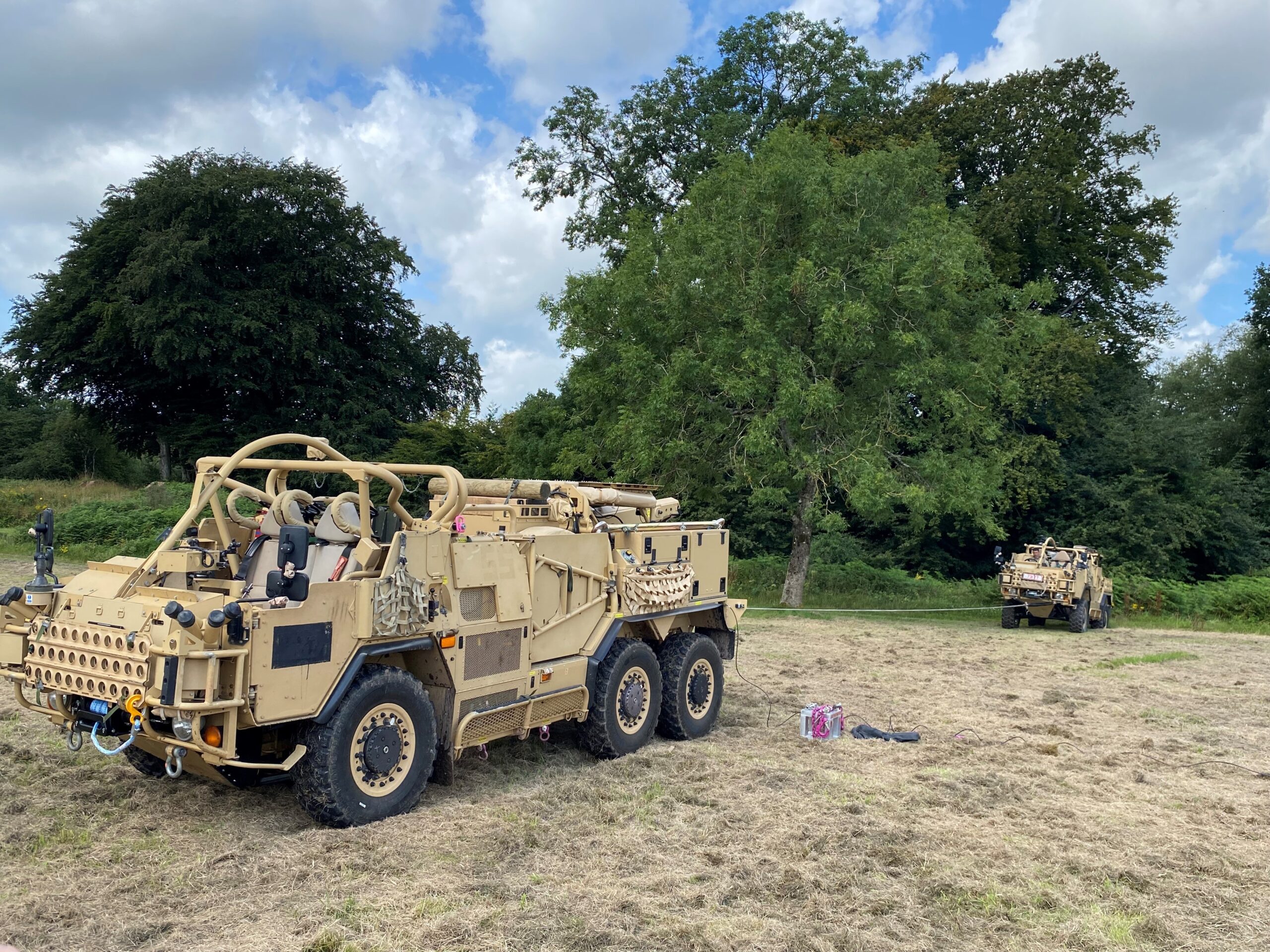Rheinmetall has supplied Norway with its very first Rheinmetall Mission Master XT, an extreme-terrain unmanned ground vehicle (UGV) capable of thriving in sub-zero temperatures.
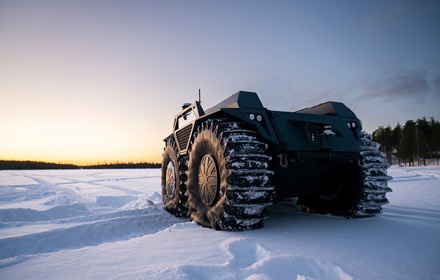
The Norwegian Defence Research Establishment (the prime institution responsible for defence-related research and development in Norway) awarded Rheinmetall the contract after it won a competitive bid with challenging mobility and schedule requirements.
A tried-and-tested solution for Nordic countries
This contract comes just months after Rheinmetall took part in the Artic Mobility Trials in Finland, where the autonomy and mobility of the Rheinmetall Mission Master XT were put to the test. Despite a challenging environment and -30°C weather conditions, the vehicle successfully navigated through icy rivers and climbed up slippery banks.
The Rheinmetall Mission Master XT during the Artic Mobility Trials in Finland
“We are proud to have developed systems that can withstand some of the world’s harshest conditions. These recent trials have proven that we are in a strong position to meet the needs of Nordic countries that face similar challenges to us here in Canada,” stated Alain Tremblay, vice president for business development and innovation at Rheinmetall Canada.
Rheinmetall Mission Master XT, an extreme terrain UGV
Developed by Rheinmetall Canada in 2021, the Rheinmetall Mission Master XT can tackle ice and snow, as well as sandy, rocky and mountainous topography. Its advanced amphibious capabilities allow it to float and swim while maintaining its full payload capacity. Weighing in at 2,217 kg, this powerful A-UGV can carry a 1000 kg payload, allowing troops to transport special equipment to hard-to-reach locations. The diesel-powered engine allows it to travel 750 km without refuelling, while internal batteries enable up to 6 hours of silent watch operations. Another key feature of the Rheinmetall Mission Master XT is its high-performance continuous tyre inflation system, which adjusts the tire pressure according to the terrain.
Like other platforms in the Rheinmetall Mission Master family, the XT vehicle is driven by Rheinmetall PATH, an AI-powered navigation system that can be installed on any vehicle. This agnostic suite of advanced sensors and perception algorithms enables Mission Master vehicles to navigate autonomously through challenging environments, while keeping soldiers out of harm’s way.
The Rheinmetall Canada team took part in the Norwegian Army Technology Days 2023 on August 23 and 24, where it has delivered a presentation on “How to speed up the adoption of and trust towards UGVs”.
For more information on the family of Rheinmetall Mission Master UGVs, please visit rheinmetall.ca.


